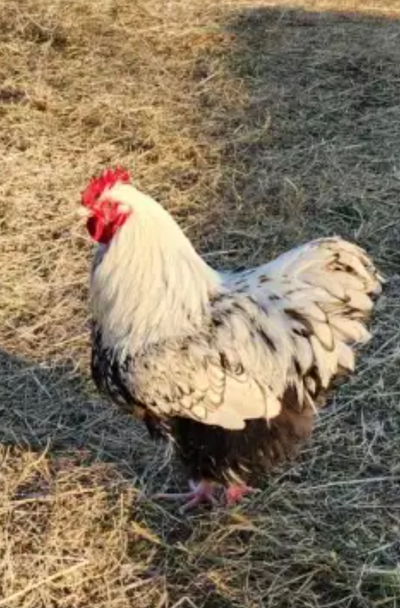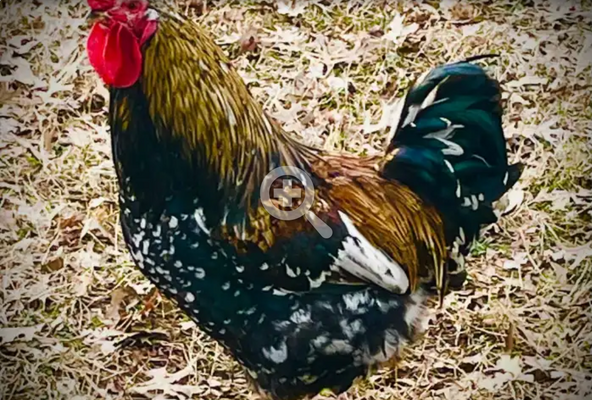RememberTheWay
Songster
- Apr 7, 2022
- 239
- 104
- 128
Can someone please point me to some good free resources for learning how to evaluate chicks? Pullets? Hens? Roosters?
I am asking because I currently have a lot of chicks that I would like to sort out the best birds for my program and sell the rest or use them in my backyard flock for eggs. I would like to know what exactly I should be looking for in chicks. I currently have Rhode Island red, buff orphington, and lavender orphington chicks to evaluate. I know the lavender are not recognized by the APA but I would still like to evaluate you them for the best of them.
Also, the gene that lavender orphingtons get that you don't want ( can't remember what it's called ATM) can someone tell me how you identify that? I could of swore I read something about the feathers being wrong? Can mites cause the same type of damage?
*Photos just for attention
I am asking because I currently have a lot of chicks that I would like to sort out the best birds for my program and sell the rest or use them in my backyard flock for eggs. I would like to know what exactly I should be looking for in chicks. I currently have Rhode Island red, buff orphington, and lavender orphington chicks to evaluate. I know the lavender are not recognized by the APA but I would still like to evaluate you them for the best of them.
Also, the gene that lavender orphingtons get that you don't want ( can't remember what it's called ATM) can someone tell me how you identify that? I could of swore I read something about the feathers being wrong? Can mites cause the same type of damage?
*Photos just for attention



